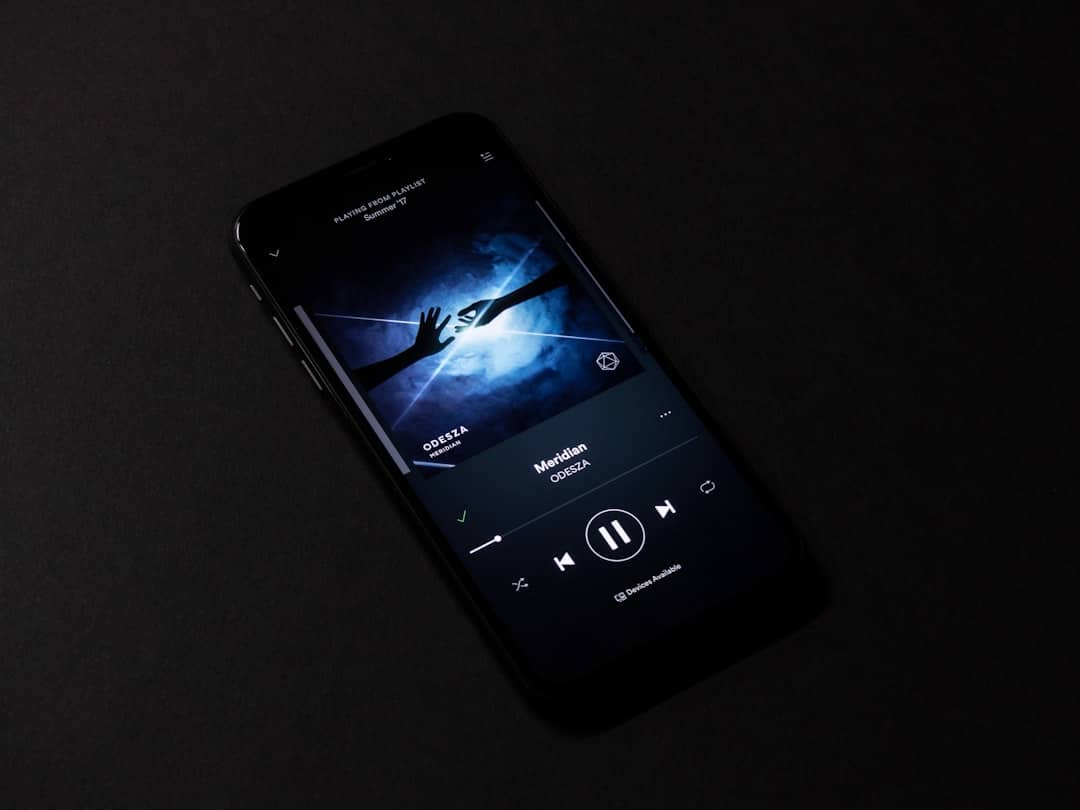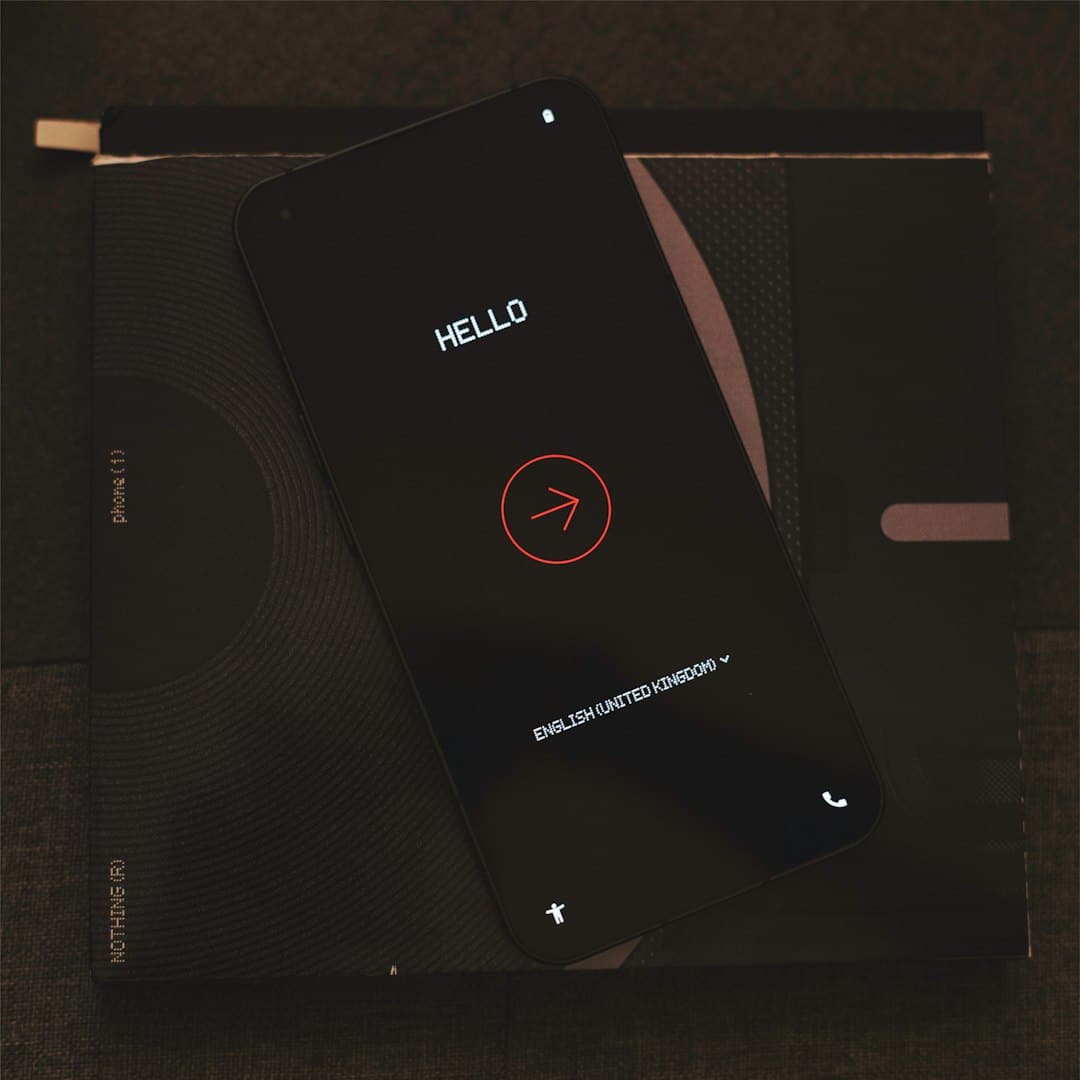M3U players have revolutionized how users enjoy digital audio content, offering flexibility, convenience, and personalization. As streaming continues to dominate the music industry, these players have emerged as powerful tools for organizing and enjoying a wide range of audio formats, from high-fidelity tracks to live radio streams. By unlocking the potential of M3U players, users can create immersive and superior audio experiences tailored to their personal tastes.
What is an M3U Player?
An M3U player is a type of media player that supports M3U playlists — simple text files that contain the paths or URLs of audio (and sometimes video) files. M3U, standing for MP3 URL or Moving Picture Experts Group Audio Layer 3 URL, is widely compatible with popular media players like VLC, Winamp, iTunes, and modern smart TV systems. Its widespread adoption makes it an essential format for users who prioritize flexibility and ease of use in managing their audio libraries.
Benefits of Using an M3U Player
Unlocking the full capabilities of an M3U player means tapping into a vast array of audio resources. Some of the notable benefits include:
- Custom Playlists: Users can easily create and modify playlists to match their moods, mileage, or daily routines.
- Streamlined Streaming: M3U supports streaming protocols, allowing direct access to online radio stations or streaming services.
- Versatile Compatibility: These files work seamlessly across operating systems, streaming devices, and media platforms.
- Minimal Storage Footprint: Since the M3U file only stores location data and not the media itself, it consumes virtually no space.
- Accessible Sharing: Easily share playlists via cloud storage or email without transferring large media files.

Enhancing the Listening Experience
One of the defining features of M3U players is their potential to enhance audio experiences through control and customization. Unlike traditional streaming apps limited by proprietary interfaces, M3U players often allow users to:
- Sort and categorize audio files any way they choose
- Integrate with equalizers and sound enhancers
- Automate playlist changes based on time or mood
- Capture and replay high-quality live streams
Whether tuning into a jazz station from Tokyo or organizing a meticulously curated lo-fi beat list, M3U players make these experiences highly interactive and personal.
Setting Up an M3U Player
Getting started with an M3U player is relatively simple. Here’s a step-by-step overview:
- Choose a compatible media player such as VLC, Kodi, or iTunes.
- Download or create an M3U playlist file. This can be as basic as a Notepad document with streaming URLs.
- Load the M3U file into your chosen player through the “Open File” or “Import Playlist” option.
- Enhance and organize with album art, tags, and playback settings.
Most platforms allow syncing across devices, especially those cloud-integrated. With minimal effort, a rich acoustic environment can follow the user wherever they go.

Future of Audio with M3U
The M3U format is not just surviving; it is evolving. With the growth of IPTV and smart home technologies, M3U playlists are increasingly used to configure audio and video streaming channels at scale. From internet radio to live concert streaming, the format’s adaptability ensures its place in the future of digital audio.
Developers continue to build more sophisticated players that offer advanced analytics, voice control, and real-time collaboration on playlists. As artificial intelligence integrates more deeply into media consumption, adaptive M3U playlists capable of adjusting based on user behavior and preferences could soon become the norm.
Frequently Asked Questions (FAQ)
Q: What does an M3U file contain?
A: An M3U file contains plain text that lists the file paths or URLs of the media content. It does not store any actual audio files.
Q: Can I use an M3U player on my mobile device?
A: Yes. Many mobile applications for Android and iOS platforms support M3U playlists, such as VLC for Mobile and IPTV Smarters.
Q: Is streaming with an M3U player legal?
A: Streaming from legally obtained or freely available URLs is legal. However, using illegal sources to access copyrighted content through M3U should be avoided.
Q: How do I create my own M3U playlist?
A: Open a text editor, list the paths or URLs of your desired audio files, and save the file with an .m3u extension. You can then load this playlist into any compatible media player.
Q: Can I include both local and online files in my M3U playlist?
A: Absolutely. M3U files can contain a mix of local directory paths and streaming URLs, offering maximum flexibility.

